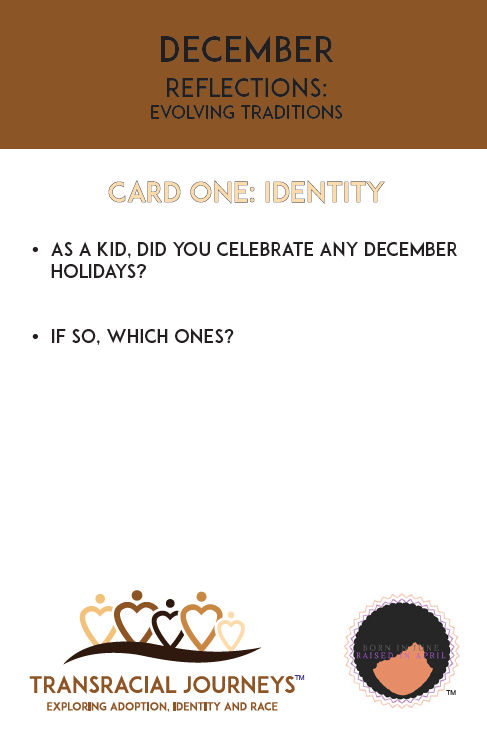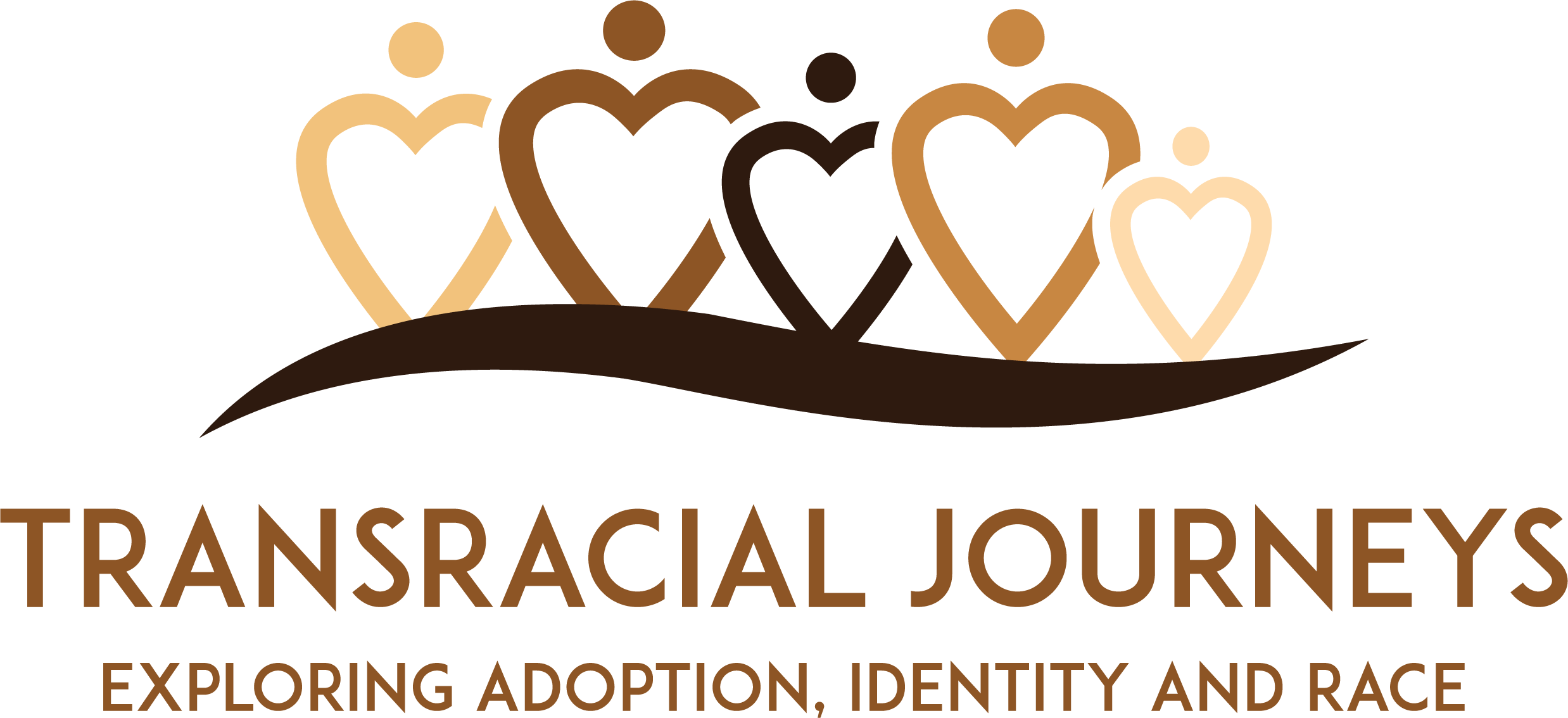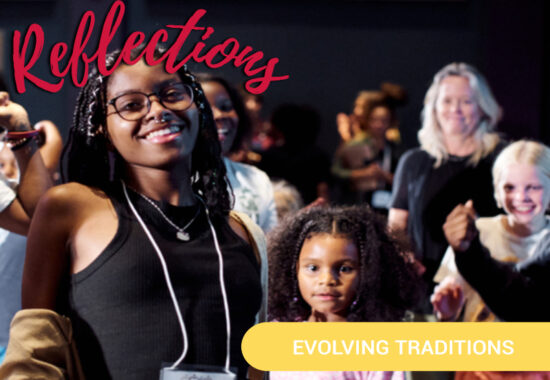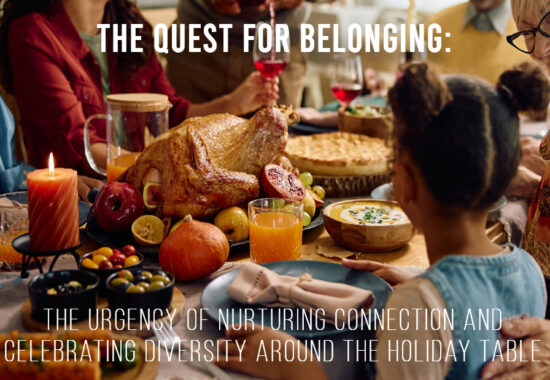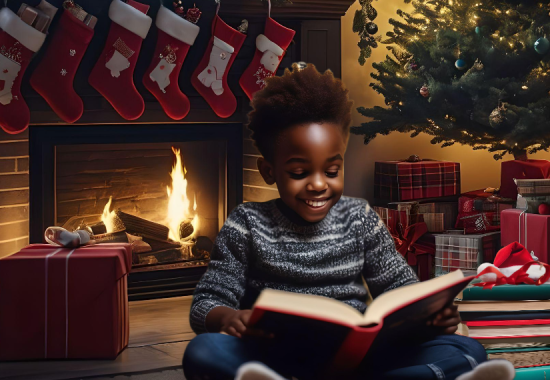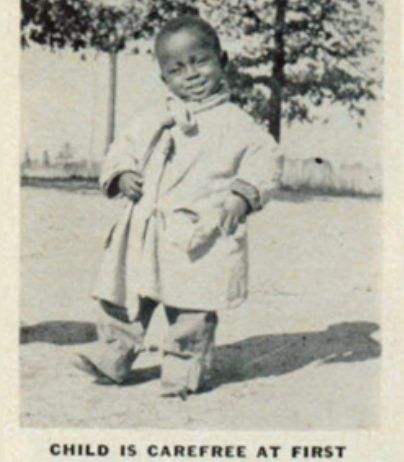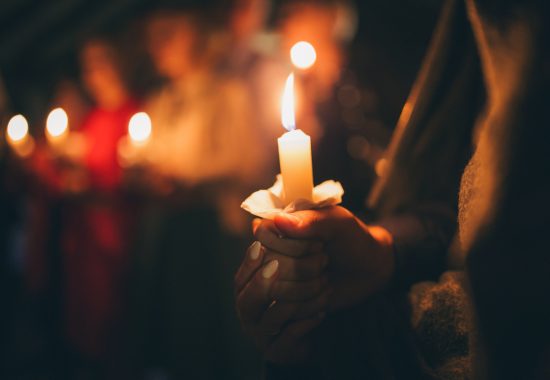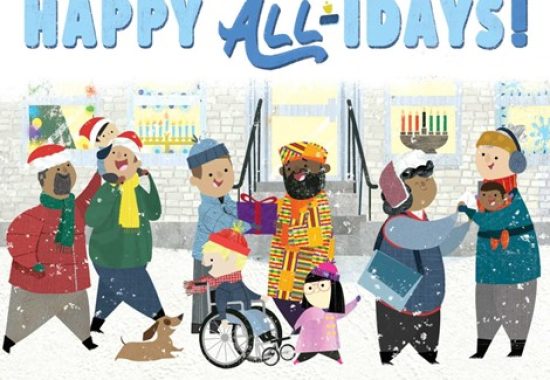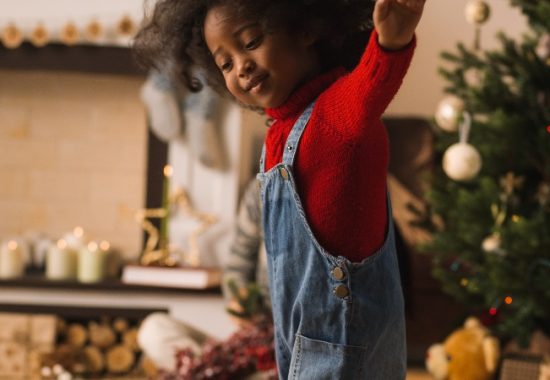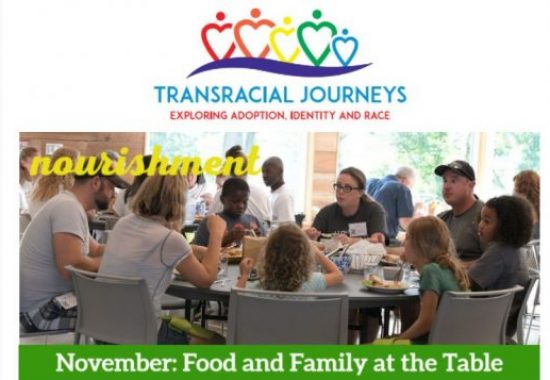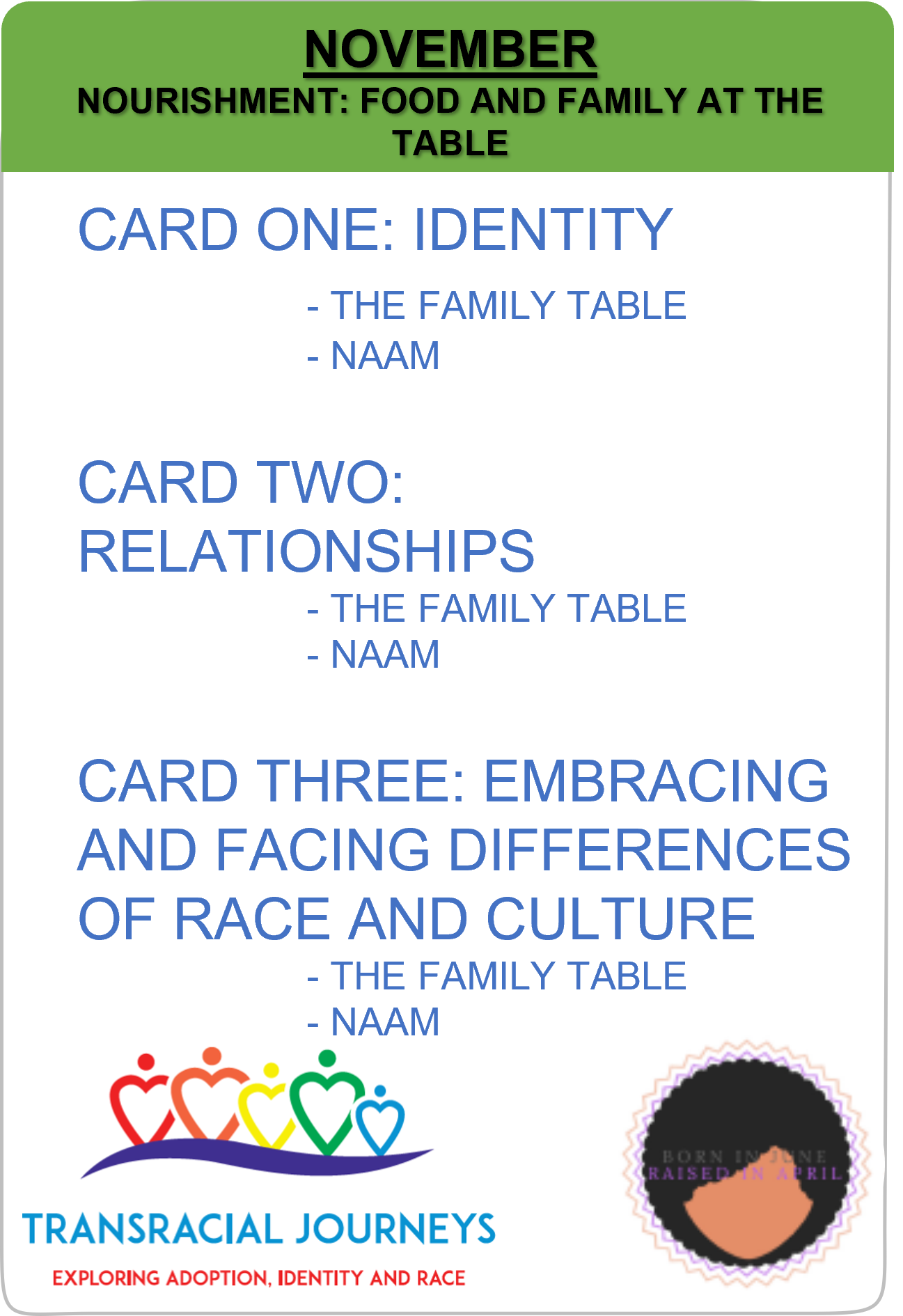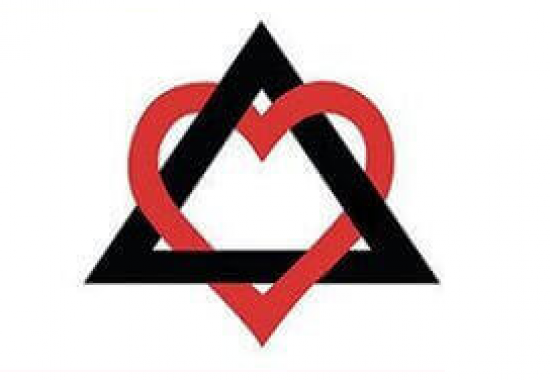It’s November. I’m processing the lengthening darkness of our days and basking more in the sun as it makes its daily, silvery appearances briefer and briefer. This processing is followed by the slight confusion brought upon by daylight savings. Does that extra hour really work for me and my schedule when I set my clock back on Sunday? Ahh, I get an extra hour of sleep in the morning - glorious! Crap, less daylight hours to move around my urban village freely as I don’t walk outside alone at night. Do I really need to change the clock on the stove and in my car, or can I just live with that one hour time difference until spring? The old phrase “there are two sides to every coin” comes to mind.
November is National Adoption Awareness Month (NAAM)
The heads and tails of our anniversaries, conversations, or experiences aren’t always easy to process. If we could have a special coin for the experience of adoption, it would have three sides, a side for each member of the extended family of adoption. Historically, the media we have consumed around adoption has been one-sided and voiced from the perspective of and generally, in high appreciation of the adoptive parent. I’m thinking about this perspective now especially, as this is National Adoption Awareness Month (NAAM), and the narrative is out in full force.
Implications of "Rescue Language" for Adopted Persons
Much of the messaging surrounding adoption is and has been focused on the goodness of the adoptive parent(s) because we’ve supposedly done a heroic thing in adopting a child. Some of the commentary goes so far to speak about how we’ve rescued our children. Who and what were our adopted children rescued from, who are the good and bad members of the extended family of adoption, and what does the use of this language imply? How might this message rest with parents of origin and with adopted persons? What if the others had a louder, more empowered voice not just during this month, but throughout the year? What words could we use to describe the lived experience of adoption in lieu of the “rescue language”?
Making Room for Perspectives of Transracial Adoptees
The language and narrative of adoption has, in general, been uncomfortable and/ or harmful to our children and to their families of origin. Nicole Chung a transracially adopted person and author of the book “All You Can Ever Know” writes, “We must listen to transracial adoptees and make room for their perspectives, including the ones that make us uncomfortable - because when it comes to the wellbeing of adopted people and their families, the truth will serve far better than even the most comforting of lies.”
It’s time to flip the script from an adoptive parent focus and focus the conversation on the narrative of the adoptee. Someday soon, we can flip the script even further to focus on families of origin. Please watch this Flip the Script video made for NAAM and listen to the voices of several adult adoptees. Consider including some of their valuable suggestions into your own family’s script and go ahead… flip it!
Experiencing Thanksgiving When Multiple Worlds Combine
It’s November and Thanksgiving is nearly here. Former foster youth and founder of Think of Us (a research and development lab for child welfare), Sixto Cancel, brings forward his experience of Thanksgiving and how multiple worlds come together in an interview with April. For him, bringing these multiple worlds together can be emotional. Sixto asks for us to be ok with the ups and downs that happen when families are recombined, and April wonders what Thanksgiving is like for members of her family of origin.
Before stepping into the holiday season, let’s ask ourselves to be ok with the ups, the downs and the beautiful collisions of our own multiple worlds. There’s a lot on the table for us to internalize and digest literally and otherwise. Let’s, belly up to the smorgasbord, undo that pesky top button on our jeans, take a deep breath, and recognize the beauty of our multiple worlds. One last thing, before you make the potato salad take a peek at Chadwick Boseman’s what not to do recipe on an old SNL Black Jeopardy sketch.
